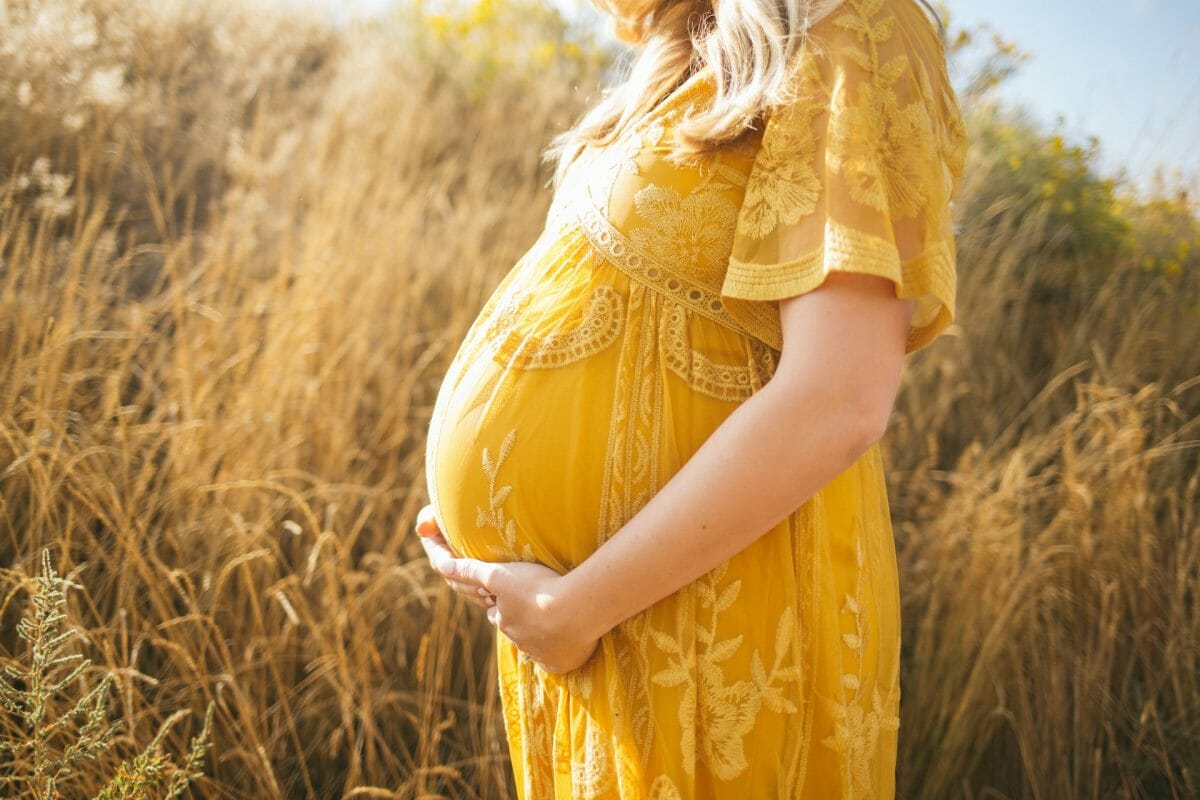Many expectant mothers look forward to the day they get to hold their bundle of joy in their arms. And when that time comes, all the discomfort you experienced during your pregnancy becomes worth it. Unfortunately, some people have to deal with postpartum back pain, which can make your life difficult.
Is Postpartum Back Pain Common?
A significant number of women experience postpartum back pain. The hormonal and physical changes that lead to backaches during pregnancy can continue manifesting even after you’ve given birth. For instance, your abdominal muscles can strain to support your bump. This throws off your posture and leads to back aches. In addition, things like baby lifting and rocking, which you’ll often do, can contribute to back pain.
Even though this pain can go away on its own after some time, find help if it’s severe. Practicing the right body mechanics, self-care, and moderate exercises can help you deal with back pain. You could also talk to a healthcare provider who can suggest specific activities to ease the pain. Alongside that, click motherhoodcommunity.com for more resources for mothers who just gave birth.
Ways to Relieve Back Pain After Giving Birth
There are a few ways to deal with an achy back. It takes being careful with how you use it and a few exercises. Below are some of the ways to alleviate this pain.
Gentle Exercises
When you’re nursing a child and with an aching back, exercise is the last thing you want to add to your to-do list. However, working out can help relieve some of your pain. In fact, gentle exercises will help strengthen your core and aid in recovery. Find exercises recommended for women who have just given birth. It can be simple things like short walks and mild stretches.
Remember to take it slow, especially in the first few weeks after birth. Walking immediately after a c-section or vaginal birth is a safe exercise. You can also incorporate pelvic tilts into your routine if only your doctor approves. Such exercises restore weakened and damaged abdominal muscles. Don’t overstretch your body or try extreme positions. Pay attention to your body. If certain exercises make you uncomfortable, stop immediately.
Support Your Body Adequately
More often than not, you’re suffering from back pain because of a lack of proper support. Place a pillow behind you to support your back and arms when sitting or lying down, and use a footrest for your feet. Don’t stand for long periods. If you have to, place one foot at a time on a low stool. It will take some pressure off your back.
Practice Proper Body Mechanics
How you sleep, sit, stand, bend, carry or lift things can lead to back pain. When you don’t move properly and safely, you subject your back to stress, leading to pain. Start by sitting and standing upright. There are steps you can take to improve your sitting posture and avoid back pain. Look them up and practice them.
The next thing is paying attention to your body position as you feed your child. This applies whether you’re bottle-feeding or breastfeeding. Find a comfortable seat with armrests and place pillows behind your back for adequate support. Breastfeeding mothers should look for breastfeeding pillows. They make it easy to hold the child without straining the neck, back, and shoulders. Footstools are also effective in helping with posture.
When it comes to breastfeeding, practice the correct positions. Bring the baby to the breast and not the other way around. Since there are several positions, experiment with each until you find one where you and your child are comfortable. The side-lying position is particularly helpful when you have back pain or tense shoulders. It will give you some relief.
Lastly, when picking up objects or kids, bend from the knees instead of the waist. This minimizes the stress you put on your back. Never pick heavy objects, especially if you underwent a c-section. Let someone else do that for you.
Practice Self-Care by Relaxing
Your body just underwent a huge change and needs a break. This isn’t the time to put it under pressure. Instead, relax, as this can ease back tension and soreness. A massage can help soothe tense shoulders, low back pain, and tense shoulders. Soaking in a warm bath will also offer relief, even if temporary. If there are areas that are particularly painful, use a cold pack or heating pad to ease the pain.
Before going to bed, try some relaxation techniques to cope with discomfort after a long day. You can also use the transcutaneous electrical nerve stimulation (TENS) device. Most people claim it relieves back pain.
Get Treatment
There are pain relief medications such as ibuprofen or acetaminophen that can help. Only take the prescribed dosage. If the medication isn’t helping, talk to your healthcare provider before increasing your dosage. Some doctors will recommend physical therapy to ease the pain. There are also alternative forms of treatment, such as chiropractic care and acupuncture. A few studies have shown that these treatments can help.
Postpartum back pain isn’t a fun experience. However, as a new mom, take heart as the discomfort won’t last forever. Try the methods discussed above and be kind to your body.
